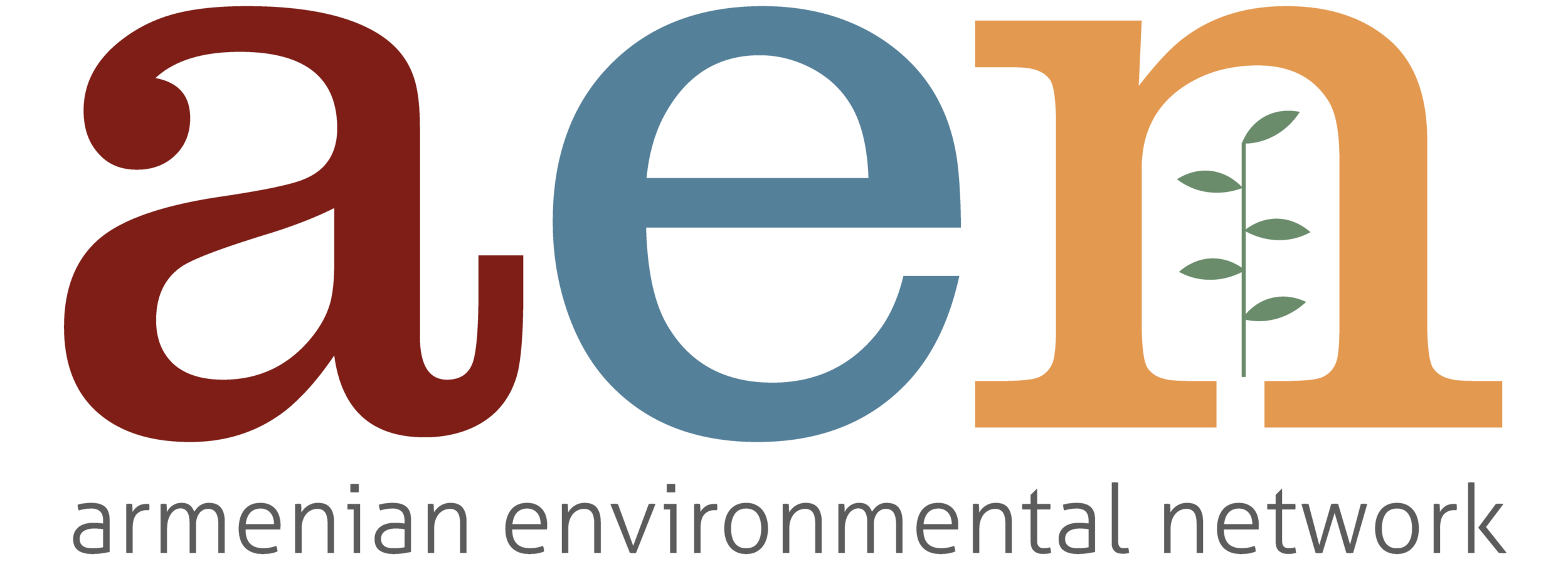The Thousand Leaf Project: The Beginning
Once Upon A Time...
By Lena Tachdjian, Environmental Writer and Co-Manager of The Thousand Leaf Project
The Thousand Leaf Project is a collaborative project between AEN and American University of Armenia’s Acopian Center for the Environment (AUA Acopian Center) that houses information from citizen scientists on the plants and mushrooms that Armenian people have used throughout history. The website was recently launched at the Ecotourism conference at AUA.
It all began with a hike to the Smbataberd Fortress to search for bezoar goats with Serda Ozbenian, the Executive Director of AEN, and Armine Sargsyan, AEN’s In-Country Director, and myself. The three of us definitely have a lot in common, but the strongest tie that we all share is definitely food. As a nutritionist, I always love talking about anything food related, and after meeting both Serda and Armine years ago, we all quickly bonded over our mutual love of veggie dishes, and our conversations quickly focused on food, cooking, or plans to cook together. Even for this hike the three of us pre-planned some delicious trail-worthy recipes to share with each other.
After some bouts of hail, some traditional shoorch bar dancing, and some incredible views, the three of us found ourselves at the entrance of the mighty fortress, ready to make our rounds on the ruins before embarking on the search for the bezoars. After we noticed some wild nettle growing nearby, and planned to pick some for a traditional yeghinchov abour (nettle soup) later on, we began discussing herbs and mushrooms. We spoke about the wide range available in Armenia (over 3600 wild plant species), the many uses they are said to have, those who know about them best (usually grandmothers), what we personally use them for, and sustainable ways to harvest them.
The three of us were aware, through different means, that the currents methods of cultivating and collecting herbs and mushrooms in Armenia were detrimental to say the least. I had personally been introduced to the situation while volunteering with an NGO in Armenia, and learned about the harmful practices that often endanger or even destroy plants—usually as a result of being picked by their roots or being collected when they are already endangered.
While we shared with each other our own interesting yet limited knowledge about plants and mushrooms in Armenia, somewhere on the ruins of Smbataberd, an idea struck us: why not create a user-friendly database focused on Armenia’s wild edible plants that would share information, provide traditional recipes, and even encourage ecotourism?
In a nutshell, and without even fully realizing it at the time, we had just come up with the basic idea behind The Thousand Leaf Project, which would launch just about one year later.
We wanted The Thousand Leaf Project to be a solution to the oftentimes extremely limited and out-of-date information available on plants and mushrooms in Armenia, which is also usually offered only in Russian. By making it available online in both Armenian and English, the information would become more accessible to everyone—in and out of Armenia. Since we believe that with information also comes responsibility, we also made sure to stress sustainable ways of harvesting in order to deter the harmful practices that exist today that threaten these important species in Armenia.
What was also important to Serda, Armine and myself, and what is perhaps the most unique aspect of this project, is that it encourages everyone—local Armenians, diasporans, botanists, herb-lovers, nature-enthusiasts, and those who simply love to cook (e.g. the three of us) to engage in data collection, to share and preserve their stories, and to conserve their own resources. In this regard, The Thousand Leaf Project focuses on empowering ordinary people in a unique way, for an end result that promotes and protects the rich biodiversity found in Armenia. We were absolutely thrilled that the AUA Acopian Center saw the potential in our idea, and thanks to their collaboration with AEN and their support and resources, we were able to make this multi-faceted idea a reality.
While we didn’t end up finding the bezoars on this particular hike, looking back now, it is clear to see that we ended up with something much more meaningful.




